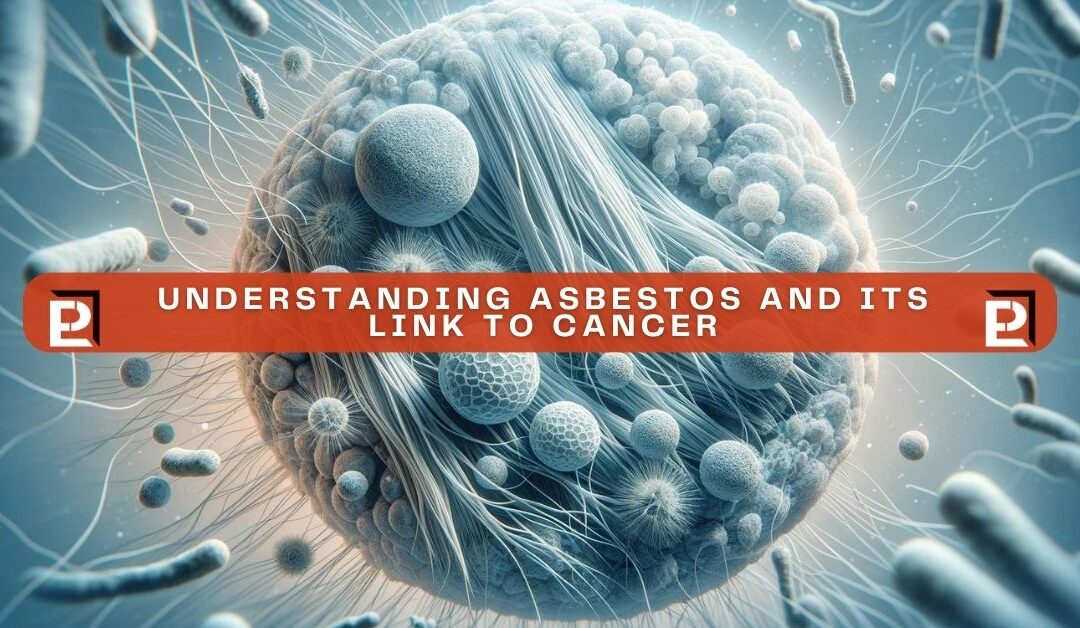Asbestos, a term that often brings a sense of caution, refers to a group of naturally occurring fibrous minerals. Known for their durability and resistance to heat and corrosion, these fibers have historically found extensive use in various industries. From insulation in buildings to brake pads in vehicles, asbestos was a marvel material, but with a dark side. Explore more about its diverse applications in this comprehensive asbestos history guide.
NOTABLE INSIGHTS:
- Asbestos exposure can cause cancers like mesothelioma and lung cancer, even in low or short-term instances.
- Family members of asbestos workers are also at risk due to secondary exposure from fibers brought home.
- HMGB1 protein release from asbestos-induced cell death may lead to tumor growth and inflammation.
- No safe level of asbestos exposure exists; even minimal contact increases the risk of cancer.
- Regular health screenings are vital for early detection due to the long latency period of asbestos diseases.
Can asbestos exposure be completely safe?
No. There is no safe level of asbestos exposure. Even low-level or short-term exposures can increase cancer risk.
What are the primary health concerns with asbestos exposure?
The main concerns are mesothelioma, a malignant cancer of the lung and abdomen membranes, and asbestos-related lung cancer. Other concerns include asbestosis and pleural conditions.
How long does it take for asbestos-related diseases to manifest?
Diseases can take 20-50 years to manifest after exposure, known as the latency period. Early detection is challenging due to this lengthy gap.
Can family members of workers exposed to asbestos be at risk?
Yes. Family members can be exposed to asbestos fibers carried home on a worker’s clothing, hair, and skin, increasing their risk of developing cancer.
Are there any new treatments or research findings for asbestos-related cancers?
Recent research focuses on the role of HMGB1 and inflammation in tumor growth. Clinical trials are underway to explore anti-inflammatory treatments to prevent or slow down cancer progression among asbestos-exposed individuals.
The health impacts of asbestos exposure are profound and far-reaching, affecting not only workers but also their families. Understanding the mechanism through which asbestos causes cancer, such as the role of HMGB1, opens new avenues for prevention and treatment. It’s crucial to recognize the latent nature of asbestos-related diseases and the importance of regular health screenings for early detection. The research and treatments are evolving, offering hope in the fight against these severe conditions.
For more information on asbestos-related health risks and safety measures, contact Peerless Environmental Services.
Protect Yourself from Asbestos-Related Risks
Last updated on February 5th, 2024 at 03:15 pm

